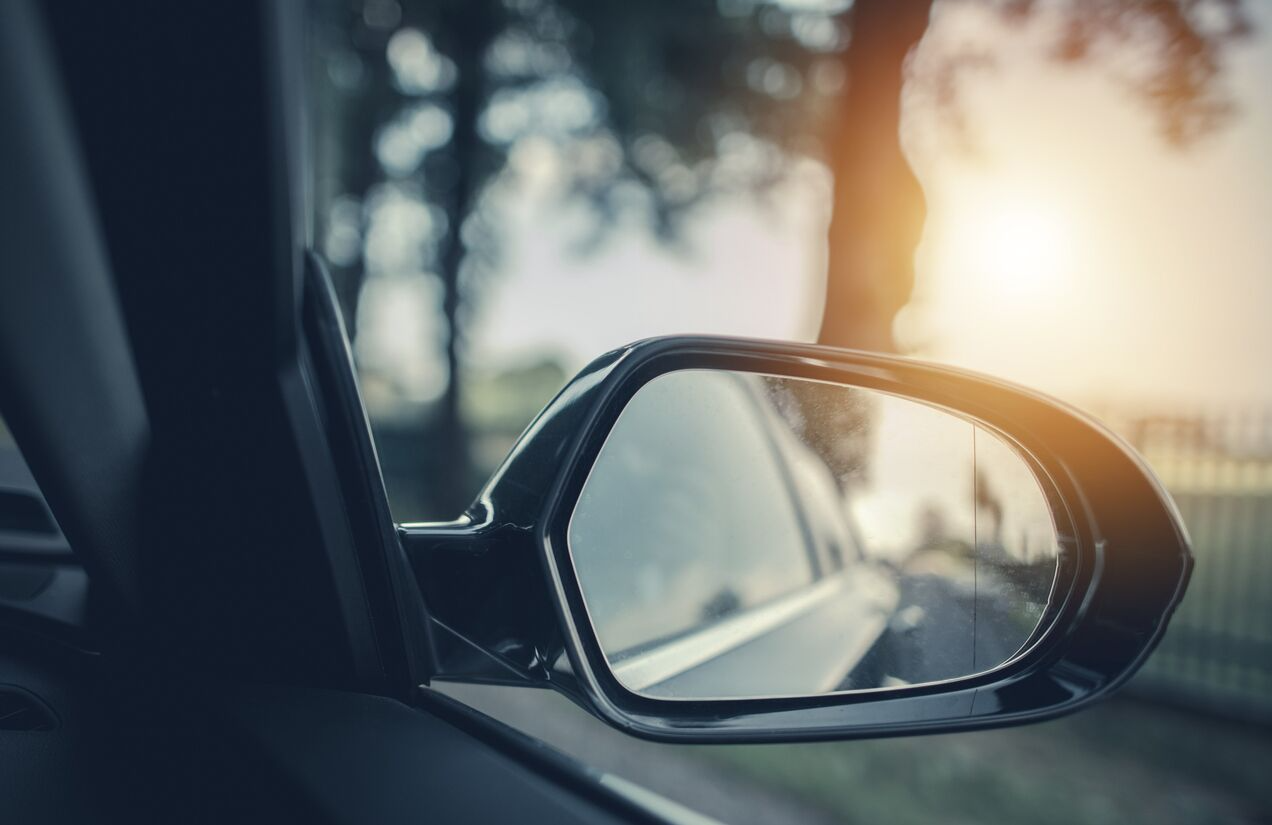Introduction
Car mirrors are essential components of vehicle design that play a crucial role in ensuring driver visibility, safety, and maneuverability on the road. From traditional rearview mirrors to advanced side mirrors and cutting-edge camera systems, the evolution of automotive mirror technology has significantly enhanced driving experiences and improved overall road safety. In this comprehensive guide, we explore the functions, types, innovations, and aesthetic considerations of car mirrors, highlighting their significance in modern vehicle design and driver convenience.
The Importance of Car Mirrors in Driving Safety
Car mirrors serve as vital tools for drivers to monitor their surroundings, assess traffic conditions, and make informed decisions while navigating roads and highways. Rearview mirrors provide drivers with a clear view of the rear area behind the vehicle, enabling them to anticipate approaching vehicles, pedestrians, and obstacles. Side mirrors, also known as wing mirrors, extend the driver’s field of vision to the sides and rear of the vehicle, reducing blind spots and enhancing awareness of nearby traffic. By effectively using car mirrors in conjunction with shoulder checks and vehicle signals, drivers can maintain situational awareness and execute safe lane changes, turns, and maneuvers.
Types of Car Mirrors: From Traditional to High-Tech
-
Rearview Mirrors:
- Conventional Rearview Mirrors: The standard interior rearview mirror mounted on the windshield provides a direct view of the rear window and the area behind the vehicle.
- Auto-Dimming Mirrors: Equipped with sensors that automatically adjust the mirror’s brightness to reduce glare from headlights of following vehicles, enhancing nighttime visibility.
- Frameless Mirrors: Sleek and modern in design, frameless rearview mirrors offer a sophisticated aesthetic appeal while maintaining functionality.
-
Side Mirrors:
- Manual Adjust Side Mirrors: Traditional side mirrors that can be manually adjusted from inside the vehicle to improve visibility on the sides and rear.
- Power-Fold Mirrors: Electrically controlled side mirrors that can be folded in for parking or narrow spaces, enhancing convenience and protecting the mirrors from damage.
- Blind Spot Mirrors: Additional small mirrors or wide-angle lenses attached to side mirrors to eliminate blind spots and enhance peripheral vision for safer lane changes.
-
Advanced Mirror Systems:
- Blind Spot Monitoring (BSM) Systems: Integrated with side mirrors, BSM systems use sensors to detect vehicles in the driver’s blind spots and alert them through visual or audible warnings.
- 360-Degree Surround View Cameras: Replace traditional mirrors with cameras that provide a bird’s-eye view of the vehicle’s surroundings, improving visibility and maneuvering in tight spaces.
- Digital Rearview Mirrors: Utilizing cameras and display screens, digital rearview mirrors offer a wider field of vision, enhanced clarity, and customizable settings for optimal visibility.
Innovations in Car Mirror Technology: Enhancing Convenience and Safety
The automotive industry continues to witness rapid advancements in car mirror technology, driven by innovations aimed at enhancing driver convenience, safety, and overall driving experience. From augmented reality displays to integrated smart features, the following innovations are reshaping the landscape of car mirrors:
-
Augmented Reality (AR) Mirrors:
- AR Head-Up Displays (HUD): Project critical driving information, navigation cues, and safety alerts onto the windshield or specific areas of the rearview mirror, ensuring minimal distraction and improved situational awareness.
- Virtual Side Mirrors: Replace traditional side mirrors with high-definition displays that offer real-time video feeds from cameras, providing a wider field of view, improved visibility in low-light conditions, and customizable display options.
-
Smart Mirror Features:
- Integrated Connectivity: Sync with smartphones, GPS systems, and vehicle sensors to display notifications, incoming calls, and navigation prompts directly on the mirror surface, minimizing distractions and enhancing convenience.
- Gesture Control: Enable hands-free operation of mirror adjustments, screen interactions, and voice commands, allowing drivers to focus on the road while accessing essential information and controls.
-
Self-Dimming and Anti-Glare Technologies:
- Electrochromic Mirrors: Employ electrochromic glass technology to automatically adjust the mirror’s tint in response to ambient light conditions, reducing glare and enhancing visibility in varying lighting environments.
- Anti-Glare Coatings: Apply specialized coatings to mirror surfaces to minimize reflections and glare from headlights, sunlight, and other sources, ensuring clear visibility and improved driving comfort.
Aesthetic Considerations: Elevating Style and Design with Car Mirrors
Beyond their functional role in driving safety, car mirrors also contribute to the aesthetic appeal and design coherence of vehicles, reflecting the brand identity, styling cues, and technological sophistication of modern automobiles. Manufacturers and designers are incorporating innovative approaches to mirror design, such as:
- Streamlined and Aerodynamic Shapes: Sculpted mirror housings and integrated turn signals that blend seamlessly with the vehicle’s body contours, enhancing aerodynamics and visual flow.
- LED Lighting Elements: Infuse mirrors with LED indicators, puddle lights, or welcome lights to add a touch of elegance, visibility, and modernity to the vehicle exterior.
- Customizable Finishes and Materials: Offer a range of finish options, such as glossy black, carbon fiber, or chrome accents, to allow drivers to personalize their mirror housings and enhance the vehicle’s overall aesthetics.
Conclusion
Car mirrors embody a harmonious fusion of functionality, safety, and design innovation, serving as indispensable components that elevate the driving experience and enhance vehicle aesthetics. As automotive technology continues to evolve, car mirrors are poised to undergo further advancements in connectivity, automation, and customization, catering to the diverse needs and preferences of drivers worldwide.
Furniture lifters make moving heavy items like beds and sofas a hassle-free task, whereas car mirrors ensure safe driving by providing enhanced visibility on the road, demonstrating how both tools play crucial roles in facilitating movement and safety in their respective domains. By understanding the importance of car mirrors in ensuring road safety, exploring the latest technological innovations, and appreciating their role in defining vehicle style, drivers can make informed choices and embrace the transformative potential of these reflective marvels on wheels.

